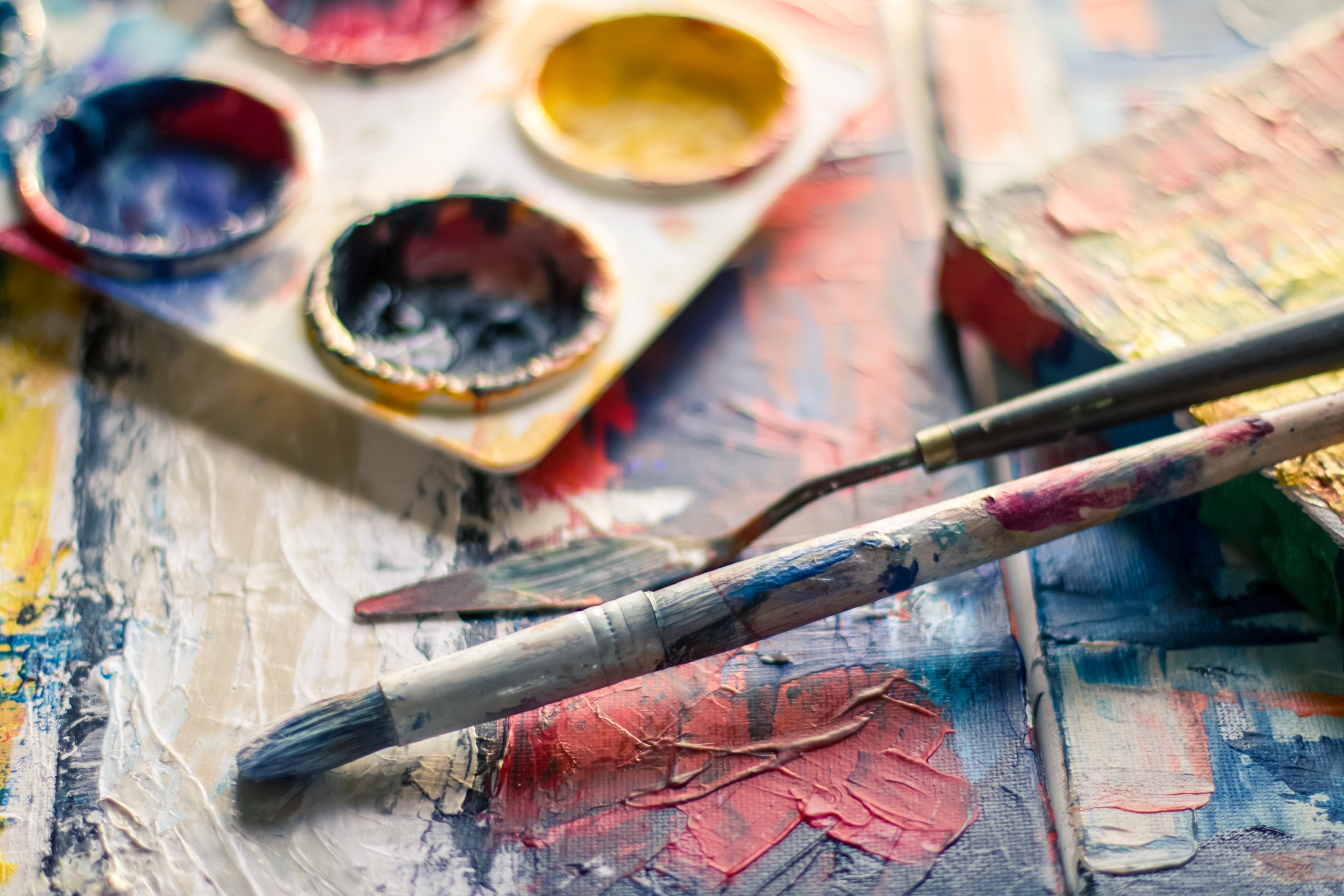
Articles
Unleash Your Inner Artist: Learn How to Paint and Create Beautiful Works of Art

Introduction:
Painting is a creative and expressive art form that allows you to bring your imagination to life on canvas or other surfaces. Whether you're a beginner or eager to expand your painting skills, learning how to paint opens up a world of artistic possibilities. In this step-by-step guide, we'll walk you through the process of painting, providing you with the foundational techniques and tips to start your painting journey. Get ready to unleash your inner artist and create beautiful works of art!
Step 1: Gather Essential Painting Supplies
- Collect the necessary painting supplies, including paints (acrylic, oil, or watercolor), paintbrushes, canvas or paper, palette, palette knife, and a container for water or solvent.
- Choose a paint type and brushes suitable for your desired painting style and subject matter.
Step 2: Understand Basic Painting Techniques
- Familiarize yourself with basic painting techniques, such as blending, layering, wet-on-wet, dry brushing, and glazing.
- Experiment with different brushstrokes and mark-making techniques to create various effects.
Step 3: Prepare Your Painting Surface
- If using canvas, prime it with gesso to create a smooth and stable surface.
- If using paper, ensure it's suitable for the chosen paint medium and consider stretching it if necessary.
Step 4: Select a Subject and Plan Your Composition
- Choose a subject for your painting, such as a landscape, still life, portrait, or abstract concept.
- Plan your composition, considering elements such as focal point, balance, and perspective.
Step 5: Start with an Underpainting or Sketch
- Consider creating an underpainting or sketch to establish the basic shapes, values, and proportions of your subject.
- Use a thin wash of paint or pencil to map out the composition.
Step 6: Mix Your Colors
- Learn color mixing principles, such as the color wheel, primary, secondary, and complementary colors.
- Experiment with mixing different hues, tints, and shades to achieve the desired color palette for your painting.
Step 7: Apply the Base Layers
- Start with broad brushstrokes and block in the main shapes and colors of your subject.
- Focus on capturing the overall form and values before moving into finer details.
Step 8: Build Layers and Add Details
- Gradually build up layers of paint, allowing each layer to dry before applying the next.
- Add more intricate details, textures, and highlights to enhance the realism or expressive quality of your painting.
Step 9: Step Back and Assess Your Work
- Regularly step back from your painting to gain perspective and evaluate its overall composition, balance, and visual impact.
- Make adjustments or corrections as needed to refine your painting.
Step 10: Sign and Protect Your Painting
- Once you're satisfied with your painting, sign it using your preferred method and let it dry completely.
- Apply a varnish or protective sealant to preserve and enhance the longevity of your artwork.
Conclusion:
Congratulations on learning how to paint and exploring the world of artistic expression! We hope this step-by-step guide has provided you with the foundational techniques and inspiration to embark on your painting journey. But why stop here? Imagine if your entire team had easy access to comprehensive SOPs (Standard Operating Procedures) for all the everyday tasks they encounter. That's where Trainual comes in.
Trainual is a powerful SOP documentation platform designed to streamline your team's operations, enhance productivity, and ensure consistency across your organization. By centralizing your company's knowledge and processes in one accessible location, Trainual empowers your team to work efficiently and effectively.
Take the next step and explore Trainual's features today. Say goodbye to scattered information and hello to a well-documented, easy-to-access resource hub. Visit Trainual.com to discover how Trainual can transform your organization.
Similar Blog Posts







